How you prepare and store your gas powered lawn and garden equipment this fall will have a big impact on how it starts and performs next year.
There is nothing more frustrating than a lawn mower, riding mower or string trimmer that won’t fire up in the spring.
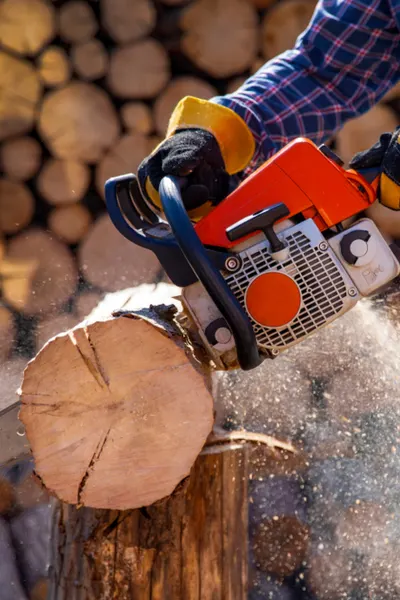
But in nearly all cases, with just a few fall preventative maintenance chores, that unpleasant situation can be avoided all together.
And unfortunately, simply taking equipment into a garage or barn and parking it is not the answer!
3 Keys To Storing Gas Powered Lawn & Garden Equipment For Winter
#1 Clean Equipment Before Storing
This step is so simple, and yet, so rarely performed. And, it happens to be one of the biggest keys in both preserving and protecting equipment.
Old grass, leaf and yard debris left remaining on and underneath equipment holds moisture. Moisture that rots away decks, belts, and other moving parts.
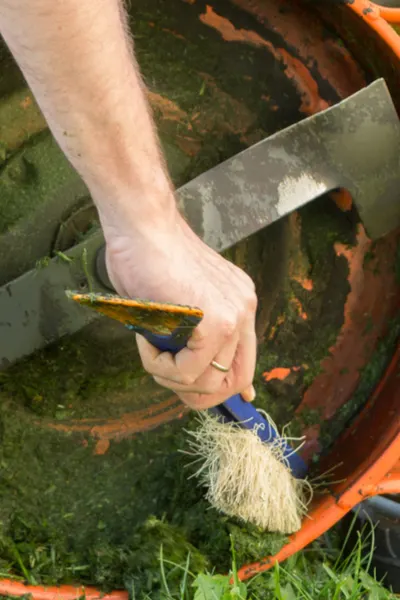
Whether its a string trimmer, chainsaw, rototiller, or a mower of any kind, take time to clean the equipment thoroughly.
And for mowing equipment, clean out the top and bottom of mowing decks and shoots. The clumps of grass left to overwinter can rot out decks. And, they can also make a great home for mice in garages and barns!
Now is also the time to sharpen blades to have them ready for spring action. Once sharpened, spray or rub on a little lubricating oil to keep them from rusting.
#2 Change The Oil
Here is a big tip when it comes to preparing to store your gas powered lawn equipment for winter: Don’t wait until spring to change the oil in those small engines!
Old motor oil holds moisture, and that moisture easily gums up the internal chambers of your engine. Especially when it sits all winter long.
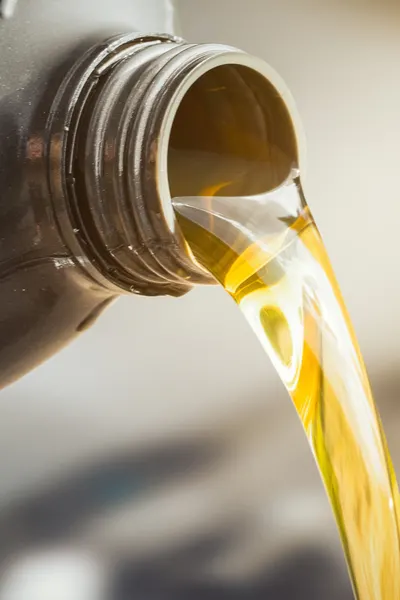
Always store gas powered lawn equipment with a clean fill of oil, and a new oil filter as well. While you are at it, take a few moments to clean any air filters too.
Not only does it help preserve equipment, it will have that engine more than ready to fire up come springtime!
#3 Drain / Run Out Fuel
Old gas spells big trouble! Never store your gas powered lawn equipment with the gas that is left in the tank.
It is the number one way to clog up the starting process of your small engines next spring!
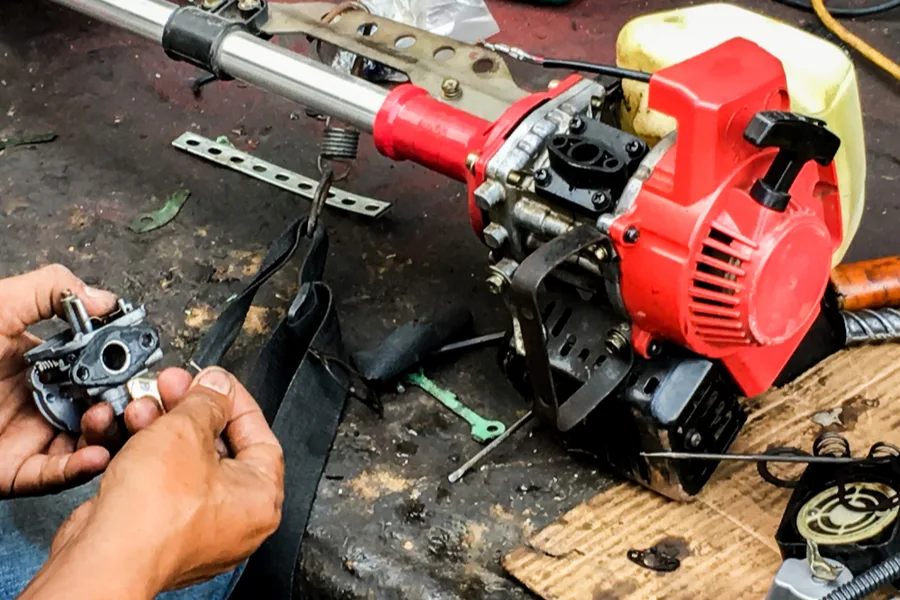
There are two options when it comes to dealing with gas tanks and the gas left in them. The first is to empty the fuel in the tank out. And the second is to fill the tank with fresh gas, and then add a fuel stabilizer in with it to keep it clean.
Running The Tank Dry
If your tank is near empty during your last use, simply allow it to run to burn out any excess fuel. If there is a lot of fuel still in the tank, you can also pull off the fuel hose to drain the tank.
Always make sure the fuel is fairly fresh if you will be going the stabilizer route. Then top off the tank with more fresh fuel, and add a high quality fuel stabilizer. Affiliate product Link : Sta-Bil Fuel Stabilizer
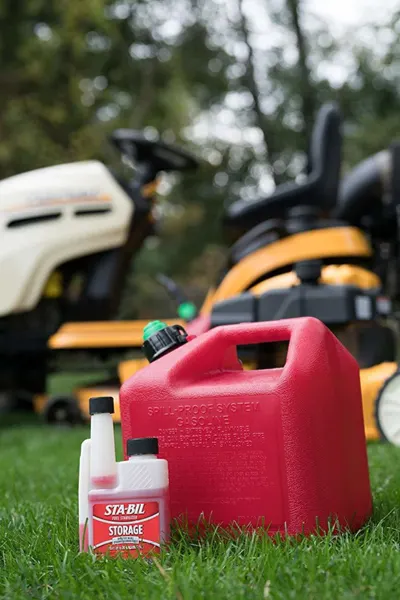
Topping off keeps less air space in the tank, and less chance for moisture to occur.
Unfortunately, fuel stabilizer only protects fresh gas, so it won’t bring old gas back to life. That means fall is the time to add it, and not it the spring when the equipment won’t start!
There you have it! 3 simple tips to store your gas powered lawn equipment for winter. When spring rolls around, not only will you be ready to get outdoors and get started, so will your equipment
For more winter prepping of your outdoors, be sure to check out 5 Must Do Fall Chores For Your Outdoors.
Jim and Mary Competti have been writing gardening, DIY and recipe articles and books for over 15 years from their 46 acre Ohio farm. The two are frequent speakers on all things gardening and love to travel in their spare time.
As always, feel free to email us at thefarm@owgarden.com with comments, questions, or to simply say hello! You can sign up for our free email list in the subscribe now box in the middle of this article. Follow us on Facebook here : OWG Facebook. This article may contain affiliate links.
